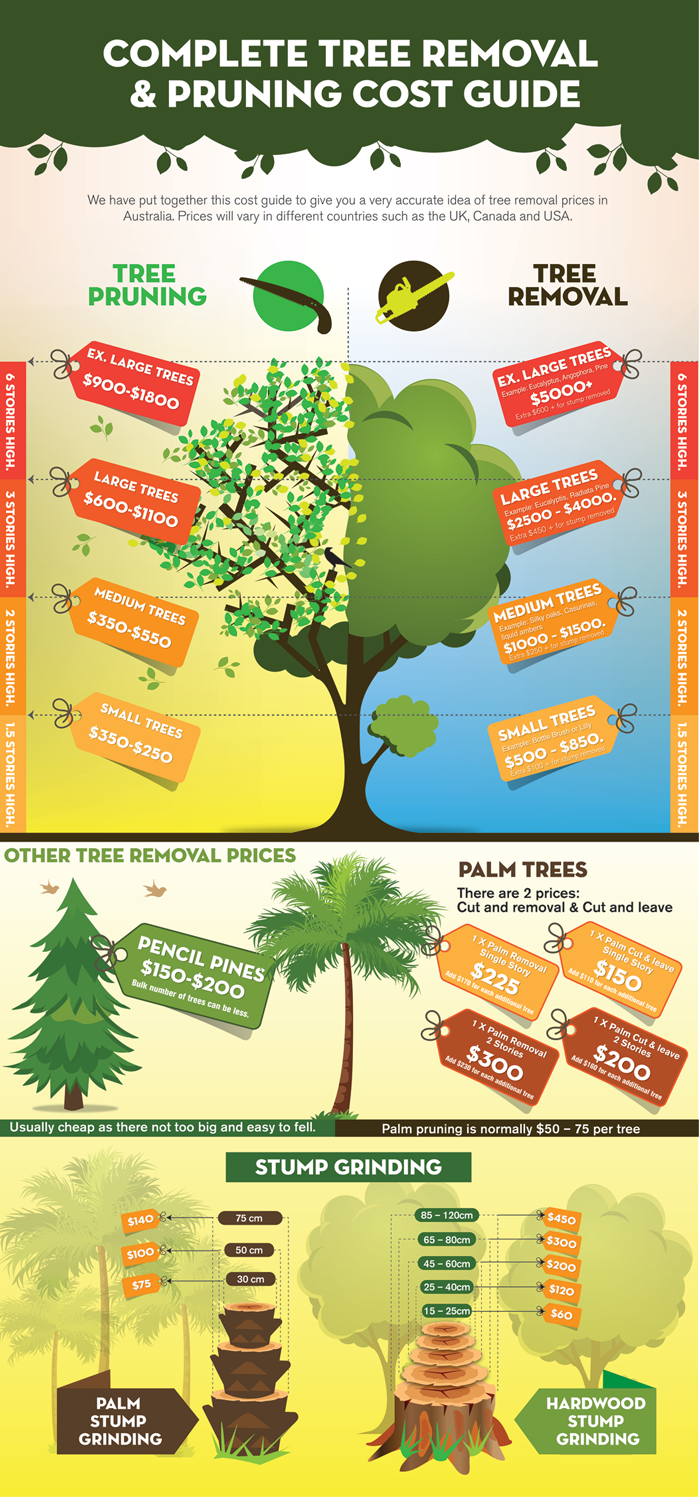Signs It's Time For Tree Removal: Just How To Identify Harmful Trees
Signs It's Time For Tree Removal: Just How To Identify Harmful Trees
Blog Article
Material Author-McDonald Skovsgaard
When it concerns tree treatment, acknowledging the indicators that it's time for removal is necessary for your safety and security and residential property. You might see stained leaves, wilting branches, or strange fungal developments indicating health problems. Architectural concerns, like a substantial lean or fractures in the trunk, can also present risks. Understanding these warning signs can aid you make notified choices regarding your trees and protect against possible hazards lurking in your lawn. What should you seek following?
Indicators of Decay and Condition
When you notice indications of degeneration and disease in your trees, it's crucial to act promptly. Try to find tarnished fallen leaves, wilting branches, or unusual developments like fungus. These can show that your tree is struggling.
If you see fractures in the bark or soft, mushy wood, these signs recommend interior decay. In addition, a sudden boost in pests around your tree can signal that it's compromised and prone.
Check for any kind of dead or dying limbs, as they position a risk to your residential property and safety and security. If you're uncertain concerning what you see, seeking advice from an arborist can provide quality.
Resolving these indications early can save you from extra comprehensive damage and make sure the wellness of your backyard. Don't wait up until it's far too late.
Structural Instability and Leaning
As you observe your trees, keep an eye out for any type of indicators of structural instability or leaning. If a tree leans considerably, it may suggest that the origin system is endangered.
Seek any kind of fractures in the trunk or dirt around the base; these can signal potential failing. In addition, look for unusual development patterns, like an unbalanced crown, which might recommend that the tree is struggling to hold itself upright.
If https://www.bhg.com/home-improvement/lighting/outdoor/best-landscape-lighting/ observe that the tree leans toward your home, high-voltage line, or other frameworks, it positions a better threat. Don't disregard these indications-- consult an arborist to evaluate the situation.
Doing something about it early can stop pricey damage and guarantee your safety and security.
Dead or Dying Branches and Vegetation
If you discover dead or dying branches and foliage on your tree, it's a clear indication that something's wrong.
These harmful locations can suggest underlying problems like disease, pest infestations, or ecological stress. When branches lose their fallen leaves or turn brown, they're no more adding to the tree's health and wellness. Ignoring these signs could result in further decline, making your tree more hazardous.
Dead branches can easily break off throughout storms, posturing a risk to property and people nearby. It's crucial to analyze the extent of the damages.
If the issue affects a significant part of the tree, take into consideration seeking advice from a specialist. They can aid determine if elimination is required to ensure safety and keep the beauty of your landscape.
Final thought
If you observe any kind of signs of degeneration, structural instability, or dead branches on your trees, do not overlook them. https://treerootsunderhousefounda17394.blogdeazar.com/35454484/tree-stump-removal-efficient-strategies-for-a-safe-and-thorough-backyard-clean-up can present severe safety and security dangers to you and your building. It's constantly best to consult a professional arborist that can offer a specialist assessment of your trees. Acting early can stop mishaps and costly damages, ensuring your landscape stays risk-free and healthy. Bear in mind, it's better to be aggressive regarding tree treatment than to await a calamity to occur.
